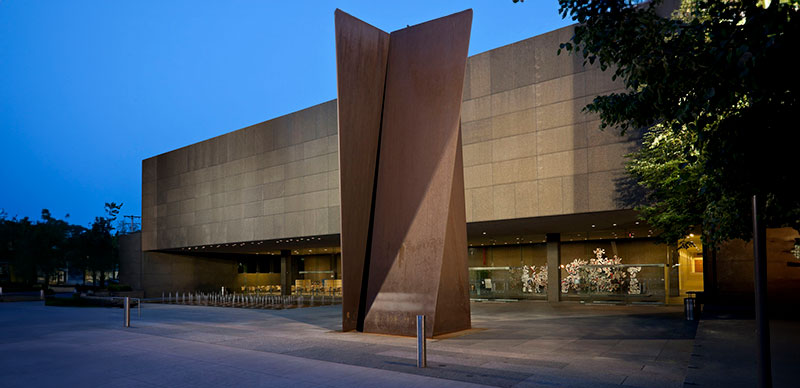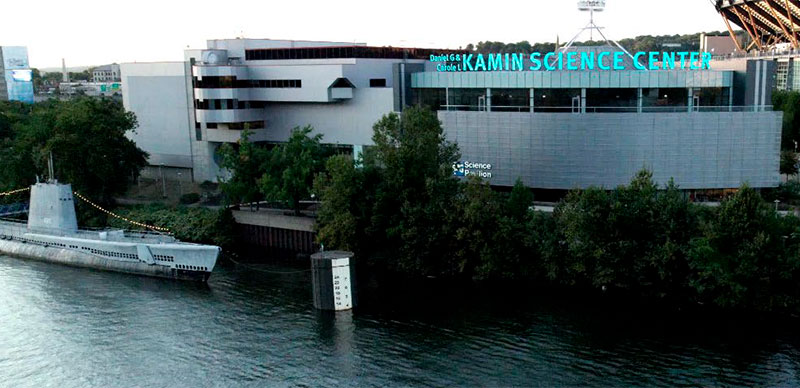by Paul Oles
This summer, you can participate in the testing of a robot that will one day be
used to explore the moon and Mars. The robot, named NOMAD, will prepare for its space
adventure by crawling over the surface of the Atacama Desert in northern Chile this
summer-and you can help direct the robot from mission control at Carnegie Science
Center.
In this technological first, visitors will use remote control to guide NOMAD as
it makes an unprecedented 125-mile trip across the uncharted and potentially dangerous
landscape. This desert is one of the driest places on Earth, and the rough terrain
is very similar to that found on the moon and Mars. The robot will photograph the
desert surface and send these images back to Pittsburgh. The public will see the pictures
and control the robot’s moves via a special mission control console built by the Science
Center and the Robotics Institute at Carnegie Mellon University.
NOMAD is the culmination of the Lunar Rover Initiative, a NASA-sponsored research
and development program of CMU’s Robotics Institute. The initiative hopes to land
a robot on the moon and have it return live panoramic video. As in the NOMAD desert
project, the NOMAD lunar project would allow the public to control the robot from
a mission control located at a science center or theme park.
Imagine the thrill of being a part of this futuristic lunar landing from the comfort
of your seat in Carnegie Science Center’s Buhl Planetarium. As the lights dim, you
get a sweeping 360-degree view of the Apollo XI lunar landing, and above the black
sky, replete with countless stars, you see the sun and the blue-white planet Earth.
The panoramic image is being transmitted by the NOMAD robot and, except for the two
seconds required for the signal to reach Earth traveling at light speed, you are seeing
the moon in real-time. You have been “teleported” to the lunar surface and
the scene is so real you can almost feel the chill of this airless world.
After directing NOMAD to look for Neil Armstrong’s 1969 footsteps, the audience
directs the robot to move northward to probe the crash site of the American Ranger
8 spacecraft and, afterwards, to see how the Surveyor 5 lander is doing, having rested
on the lunar surface for over 30 years.
This not-so-far-out experience will one day be possible through “telepresence,”
an advanced virtual-reality technology that will literally enable people to project
their senses beyond the Earth without ever leaving it. Telepresence will be the essence
of a whole new family of 21st-century theaters, and the Atacama Desert trek is one
significant step in this direction.
Paul Oles is assistant director, Omnimax, Planetarium & Weather Service,
at Carnegie Science Center.
ÿ



